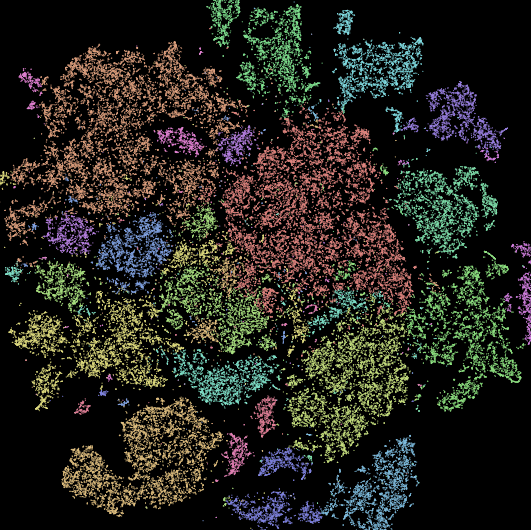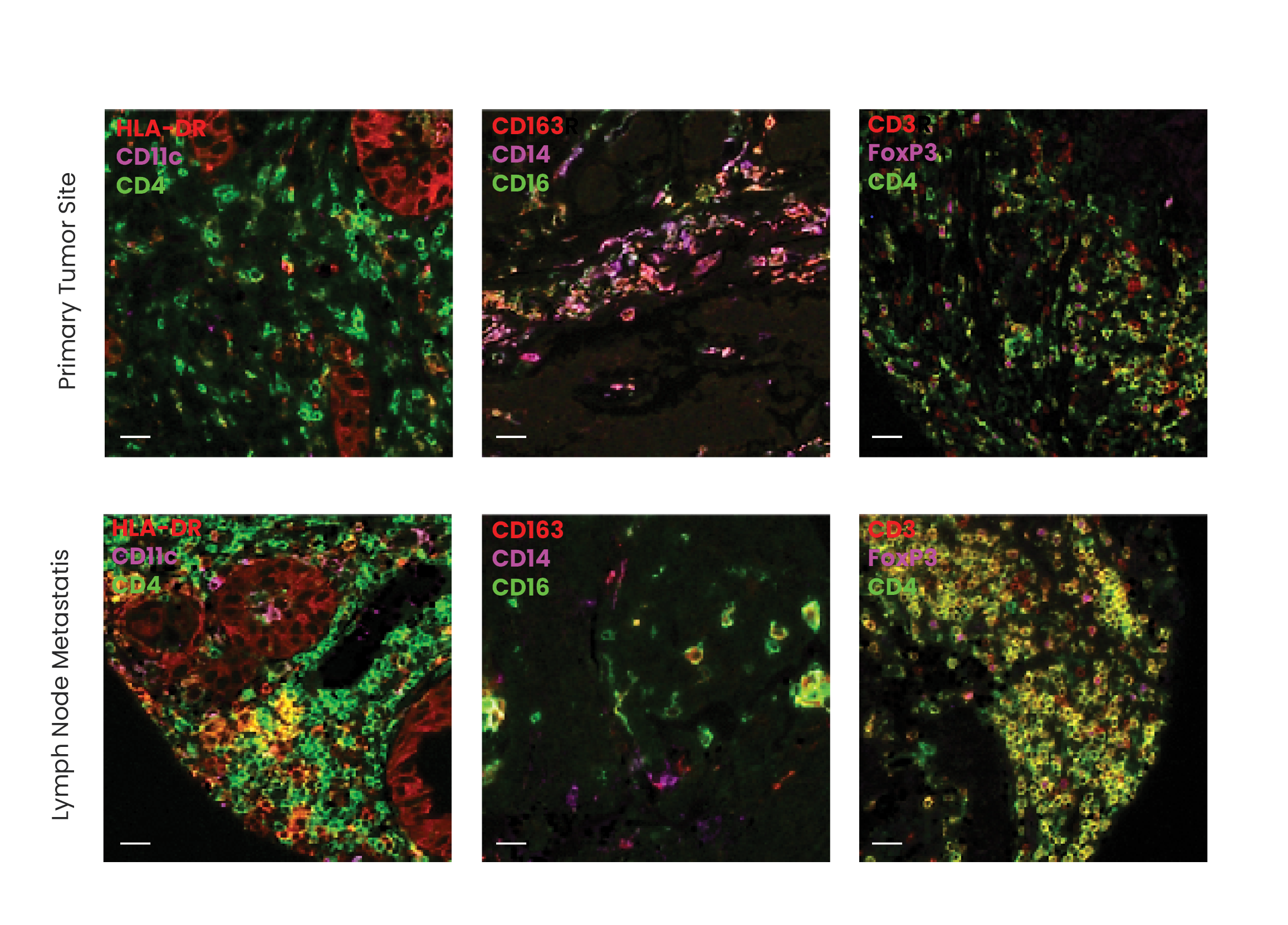press-releases
Lunaphore announces new data characterizing tumor microenvironment using COMET™ platform at the AACR 2022 Annual Meeting
Date

LAUSANNE, Switzerland – April 8, 2022 – 7:00 pm (CET) – Lunaphore, a Swiss life sciences company developing technology to enable spatial biology in every laboratory, today announced new data characterizing the tumor microenvironment (TME) in lung cancer and lymph node metastases, utilizing the COMET™ platform. The data shows the unique flexibility and capabilities of the COMET™ platform in various settings and applications. The data will be presented at the 2022 American Association for Cancer Research (AACR) Annual Meeting.
“This preliminary study represents a unique opportunity to showcase the potential and versatility of the hyperplex COMET™ platform in translational research settings and clinical research settings in the future,” said Ata Tuna Ciftlik, Ph.D., Chief Executive Officer of Lunaphore.
Cancer is characterized by the interaction of diverse cell entities dynamically evolving in their environment. Better characterization of the TME at a cellular level allows researchers to identify the specific vulnerabilities of the tumor and may provide new insights to drug developers who are seeking new strategies to overcome tumor resistance and harness the immune system to fight cancer. While significant efforts have been made to describe the TME using RNA-based technologies, RNA-based biomarker expression profiling is limited in that it may not accurately reflect actual protein levels. Complementary information on the proteomic profile of the TME is required to fulfill this gap. The COMET™ platform provides a deeper, multi-dimensional picture of the TME, with an automated workflow that can easily detect 40 protein markers on a single tissue slide while enabling high-quality immunofluorescent staining in minutes instead of hours.

Using the COMET™ platform along with machine learning techniques, researchers identified several classes of immune cells with preferential accumulation sites, a clear observed increase in leukocytes in all cancer and metastasis cores compared to healthy lung cores, and distinct myeloid cells that coexist within the TME but infiltrate to a higher extent different tissue types. The results also showed a higher frequency of regulatory T cells in the primary tumors. This data showed that newly identified population frequencies determined by unsupervised clustering was confirmed by a complementary approach of supervised single-cell analysis.
“This data demonstrates further how the combination of hyperplex images obtained using the COMET™ platform, along with machine learning clustering analysis, results in an easy workflow for analyzing the complex TME and obtaining a single-cell atlas of tissue specimens,” said Diego G. Dupouy, Ph.D., Chief Technology Officer at Lunaphore. “The data presented at AACR 2022 Annual Meeting highlights the broader potential applications of the COMET™ platform technology in the fields of both digital pathology and immuno-oncology, thanks to its single-cell resolution and the simultaneous detection capability of multiple protein biomarkers to identify cancer.”
To book a meeting with the Lunaphore team at AACR 2022, or find out more about the activities on-site, please visit: https://lunaphore.com/aacr
To learn more about Lunaphore, please visit: https://lunaphore.com/
About Lunaphore
Lunaphore Technologies S.A. is a Swiss company born in 2014 with the vision of enabling spatial biology in every laboratory. Lunaphore has developed a game-changing chip technology which can extract spatial proteomic and genomic data from tumors and transform any simple assay into multiplex spatial biology without complexity. Lunaphore empowers researchers to push the boundaries of research to ultimately develop the next generation personalized therapies. For further information on Lunaphore and its products, please visit www.lunaphore.com.
For further information contact:
Irene Tamayo
Lunaphore Corporate Communications
Email: [email protected]